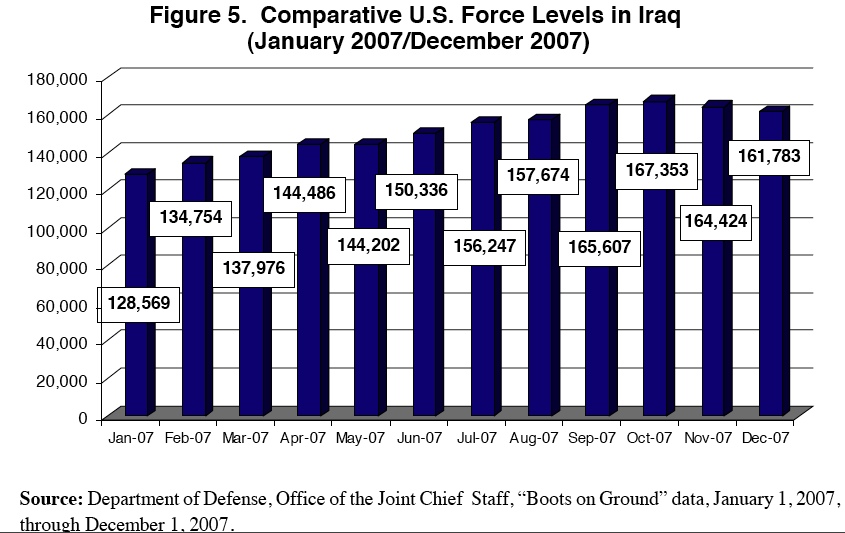By 1920, earth scientists had come to embrace a theory of Uniformitarianism, a world shaped by slow, inexorable forces observable in the present day.
Uniformitarianism fit the evidence of the time and served to separate Geology from Bible scholarship. Glaciers and plate tectonics not God’s miraculous, scourging hand.
The channeled scablands in Eastern Washington State are hard-rock canyons cut by non-existent rivers, alkaline lakes, and house sized boulders scattered on flat plains.
Based on evidence gathered from this terrain, Geologist J. Harlen Bretz came to believe the channeled scablands were, in fact, formed by a catastrophic flood.
The scientific establishment refused Bretz’s claim. Still, over decades, he continued to teach. He continued to champion his work.
Within his lifetime, Bretz’s theory gained wide support based on corroborating evidence of a 2,000 foot deep prehistoric lake over what is now Missoula, Montana and research into ice dams and hydrodynamics.
The channeled scablands were carved out by massive, rapid floods. 500 cubic miles of water traveling 30 to 50 miles an hour draining a lake half the size of Lake Michigan in days.
Recent evidence bridges uniformitarian and catastrophist world views. The scabland floods cycled over thousands of years. Glacial movement would re-establish the ice dam, a new lake would form, water would reach critical height, the dam would shatter.
The origin story of a landscape I’ve loved since childhood from father-son fishing trips, solitary hikes, college road trips and vacations with my wife and daughter, is awe inspiring.
The path to understanding that origin story is both hopeful and cautionary. Science lived up to its ideals though it took the passing of a generation of scientists to get there.
Once an idea hardens into a belief, a belief that supports a deeply held world view, even people dedicated to reasoned debate have trouble hearing evidence to the contrary.
Natural and human events prove unsettlingly complicated. In response, we humans can turn even our most enlightening ideas into weapons of ignorance.




